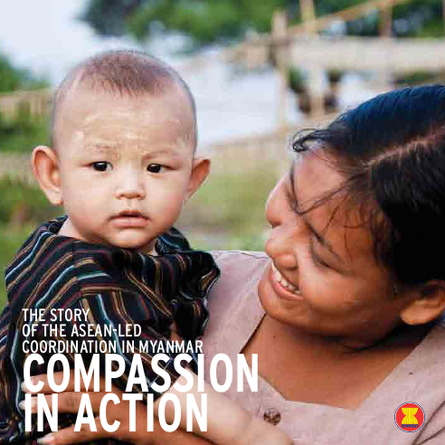
It was early May 2008 and the nation was preoccupied with an upcoming referendum on the Constitution due to take place on 10 May 2008. Bulletins were being broadcast on television and radio that a storm was brewing to the west of Myanmar in the Bay of Bengal. But the country was so accustomed to weathering storms prior to the annual monsoon deluge that most residents didn’t heed the warnings. Instead, the farmers, fishermen and merchants of the sleepy villages occupying the Ayeyarwady Delta went about their daily lives, just as their ancestors had done for generations, striving to eke out a living for their families. On the evening of 2 and 3 of May 2008, a Category 4 Cyclone1 named Nargis walloped the Ayeyarwady — Buddha and Yangon Divisions of Myanmar with cataclysmic consequences. Though its name is deceptively innocuous—Nargis is the Urdu word for daffodil—the Cyclone was the worst natural disaster in Myanmar’s history and the eighth deadliest cyclone ever recorded on the globe. An estimated 140,000 people were killed or missing and Nargis had a deleterious effect on the lives of 2.4 million people – one third of the population of the Ayeyarwady and Yangon Divisions.
